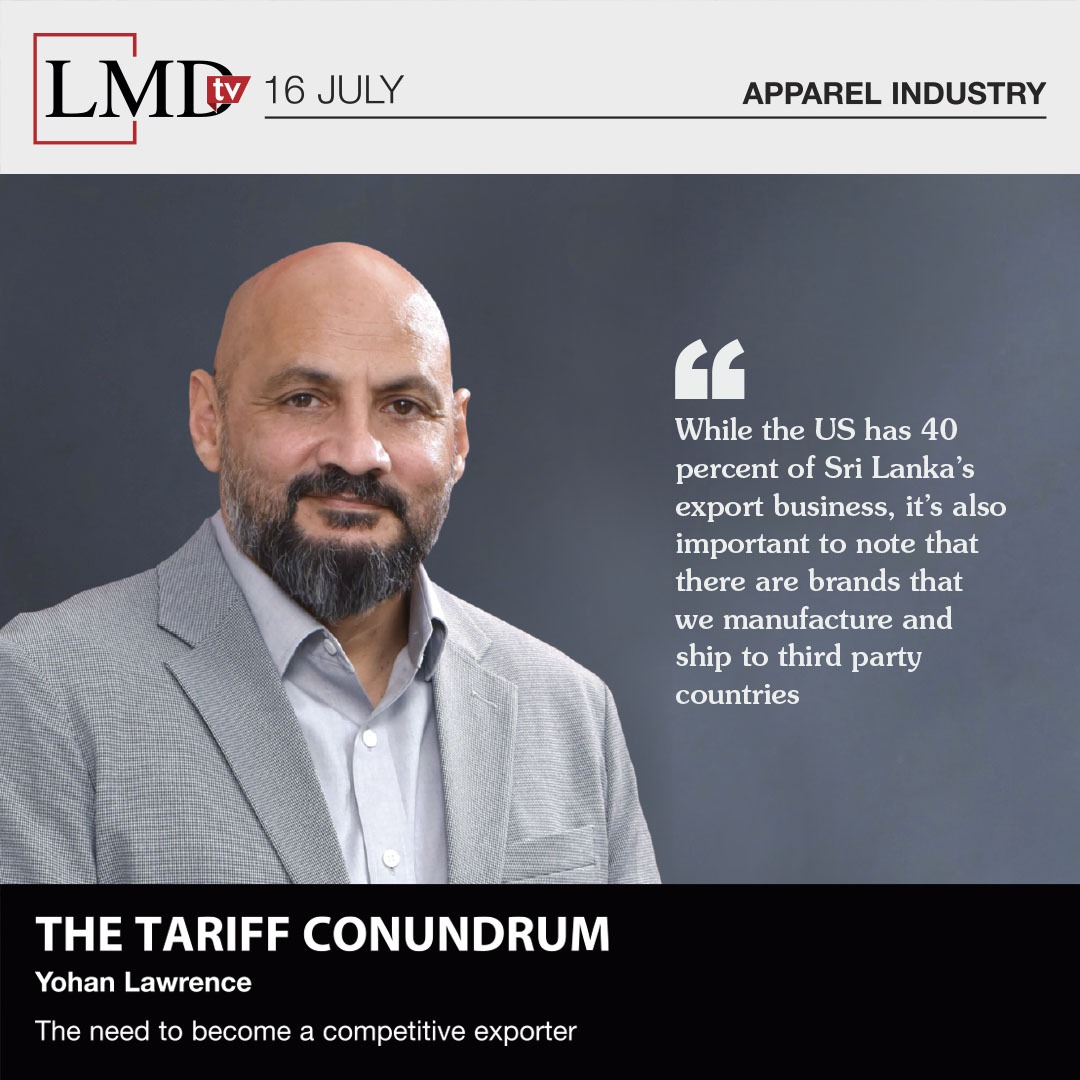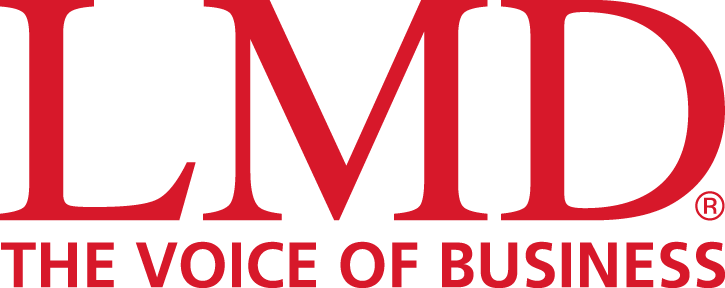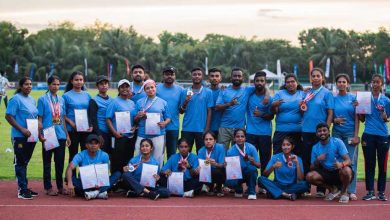LMDtv 2

Sri Lanka’s apparel industry has faced severe headwinds over the last couple of years; and now it has been hit hard by tariffs imposed by US President Donald Trump.
“The US tariffs pose a big challenge for us,” the Secretary General of the Joint Apparel Association Forum (JAAF) Yohan Lawrence lamented, during a recent LMDtv interview. This was days after the US announced that goods exported from Sri Lanka will be subject to a 30 percent tariff – although this was reduced to 20 percent on 1 August.
He noted: “This will be a serious problem for us. If you consider countries such as India, Bangladesh, Vietnam and Cambodia, with whom we compete for American business, Vietnam has secured a deal at 20 percent and India’s tariff is at 25 percent. The question is, where does Sri Lanka end up in relation to these competing countries?”
At the time of the interview, Sri Lanka was engaging in extensive discussions with US authorities to reduce the revised tariffs, which had been lowered from the previously stated 44 percent to 30 percent. He highlighted that it was crucial that Sri Lanka gets a deal “that brings us to a closer level with our competitors.”
“It doesn’t need to be exactly the same but if the spread of tariff rates between these countries is small, then it’s manageable,” he asserted, adding: “If the spread is large, then US business will move to countries that have lower tariffs.”
He explained: “If we take Vietnam as an example, a number of brands that produce goods in Sri Lanka also manufacture there. So they already have established supply chains and compliant factories that are approved in their systems. As such, the switch will be very easy.”
Lawrence observed that “while the US has 40 percent of Sri Lanka’s export business, it’s also important to note that there are brands that we manufacture and ship to third party countries.”
He added: “For example, if we’re manufacturing for a US brand in Sri Lanka and it has outlets in China, [South] Korea or Australia, we will ship directly to those countries. So the actual US bound number is in fact bigger than the 40 percent that’s referred to. Our estimates show that it’s probably 45 or even as much as 50 percent, which is a significant share of our industry.”
Negotiations with the United States are always on the table, Lawrence pointed out: “Similar to Sri Lanka, other countries will also be looking to negotiate, so it’s going to become very difficult to stick a pin on it and claim that’s the end of it.”
Reducing the tariff rate from 44 percent to 30 percent [in the first place] was a significant step, he observed. And Lawrence noted that it’s quite evident that the Sri Lankan government has been actively engaged in negotiations with the US.
The Secretary General of JAAF added: “However, we can’t afford to be complacent. Ongoing discussions with the US regarding lowering our tariffs further are important and a work in progress. Yet, given where the rest of the world is heading – it’s not good enough, and we have to move the needle much further if we don’t want to lose business.”
There are some initiatives that we can implement to tip the scales in our favour during negotiations, Lawrence noted.
He explained: “If you refer to Trump’s letter, it talks of tariff and non-tariff barriers. These are areas Sri Lanka can work on. Since the removal of non-tariff barriers is part of government policy and in the IMF agreement, this situation presents an opportunity for Sri Lanka to commence implementing these reforms.”
“If we demonstrate good faith and begin moving on some of these areas, I think it will send the right message to the US that Sri Lanka is serious about doing business with it,” he added.
Lawrence ended the interview by saying that “tariff conversations will have to continue but it’s also important when looking at the bigger picture, to ensure that we work a lot harder on making Sri Lanka a competitive exporter.”




